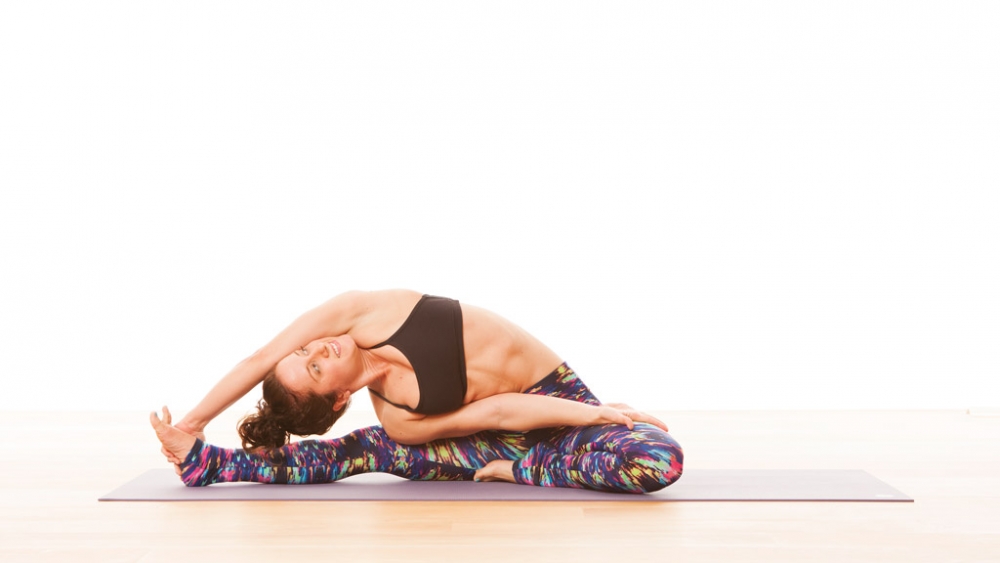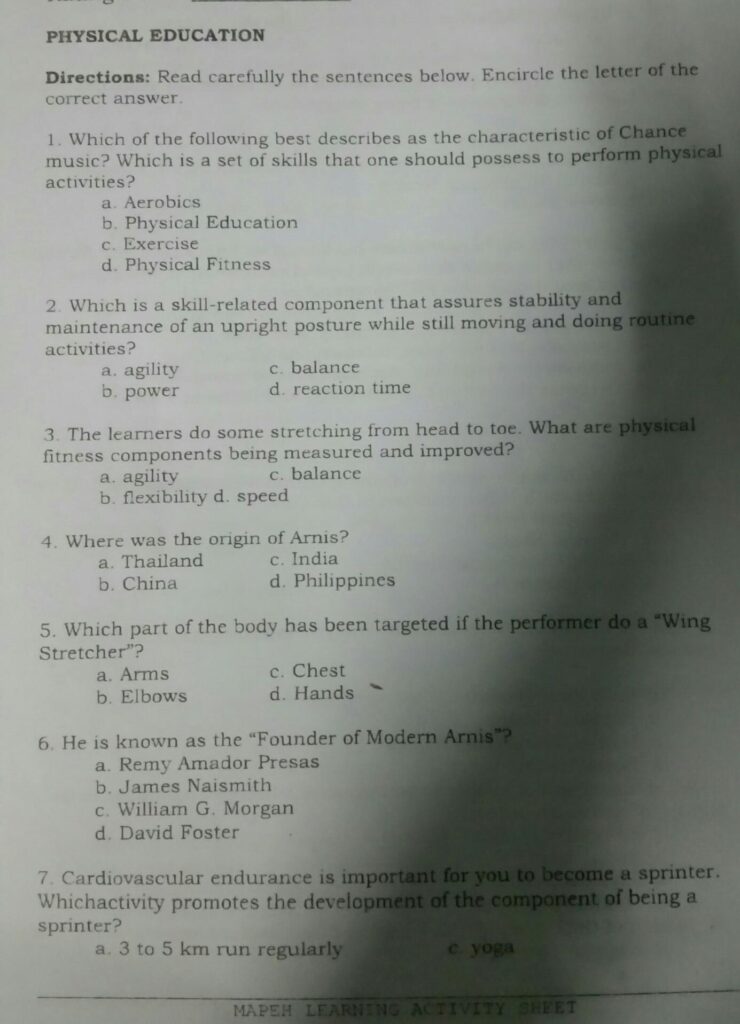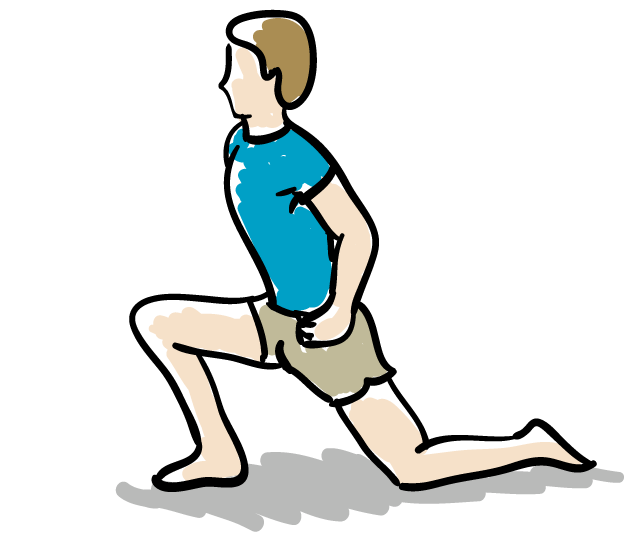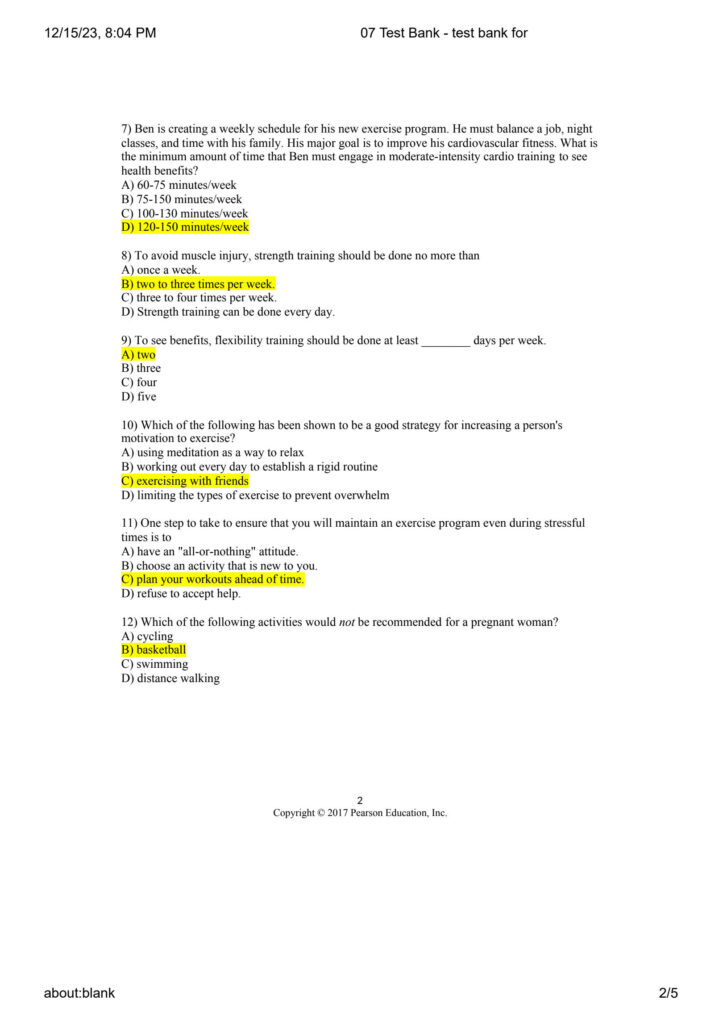Hamstring stretches for beginners help improve flexibility and reduce the risk of injury. They are essential for maintaining healthy muscles.
Hamstring muscles, located at the back of the thighs, play a crucial role in daily activities and athletic performance. Tight hamstrings can lead to discomfort and limit your range of motion. Starting a hamstring stretching routine can enhance flexibility and prevent injuries.
Simple stretches such as seated forward bends, standing toe touches, and lying hamstring stretches are effective and easy for beginners. Consistent practice will gradually increase your flexibility. Remember to warm up before stretching and avoid pushing your body too hard. Incorporating these stretches into your routine promotes overall muscle health and enhances physical performance.
Introduction To Hamstring Health
Unlock the secrets to hamstring health with beginner-friendly stretches. Improve flexibility, reduce injury risk, and enhance overall mobility.
Importance Of Flexibility
Flexibility is very important for our muscles. Flexible hamstrings help us move better. They make daily activities easier. Stretching keeps muscles loose and strong.
We can avoid injuries with good flexibility. Muscles work best when they are flexible. It also helps in sports and workouts. Stretching is good for everyone.
Risks Of Tight Hamstrings
Tight hamstrings can cause many problems. They can lead to pain and discomfort. Walking and bending become hard. Injuries are more likely with tight muscles.
Back pain can also happen due to tight hamstrings. They pull on the lower back. This makes it hurt. Stretching helps prevent these issues. Keep your hamstrings healthy and flexible.
Anatomy Of The Hamstrings
The hamstrings consist of three muscles. These are the biceps femoris, semitendinosus, and semimembranosus. Each muscle plays a crucial role. They run along the back of the thigh. The muscles attach to the pelvis and lower leg bones. They work together to bend the knee and extend the hip.
Hamstrings are vital for walking, running, and jumping. They help in knee flexion and hip extension. Proper hamstring function ensures smooth leg movements. Strong hamstrings prevent injuries. They support the lower back and pelvis. Stretching these muscles improves flexibility.
Benefits Of Hamstring Stretches
Hamstring stretches can improve posture. Tight hamstrings can pull your pelvis backward. This can cause your lower back to round. Stretching your hamstrings can help correct this imbalance. It helps to keep your spine aligned. Good posture can prevent back pain. It can also make you look taller and more confident.
Stretching your hamstrings can boost athletic performance. Flexible hamstrings allow for a greater range of motion. This can improve your running, jumping, and kicking abilities. Athletes with flexible hamstrings can move more efficiently. This can reduce the risk of injuries. Regular hamstring stretches can make your muscles stronger and more resilient.
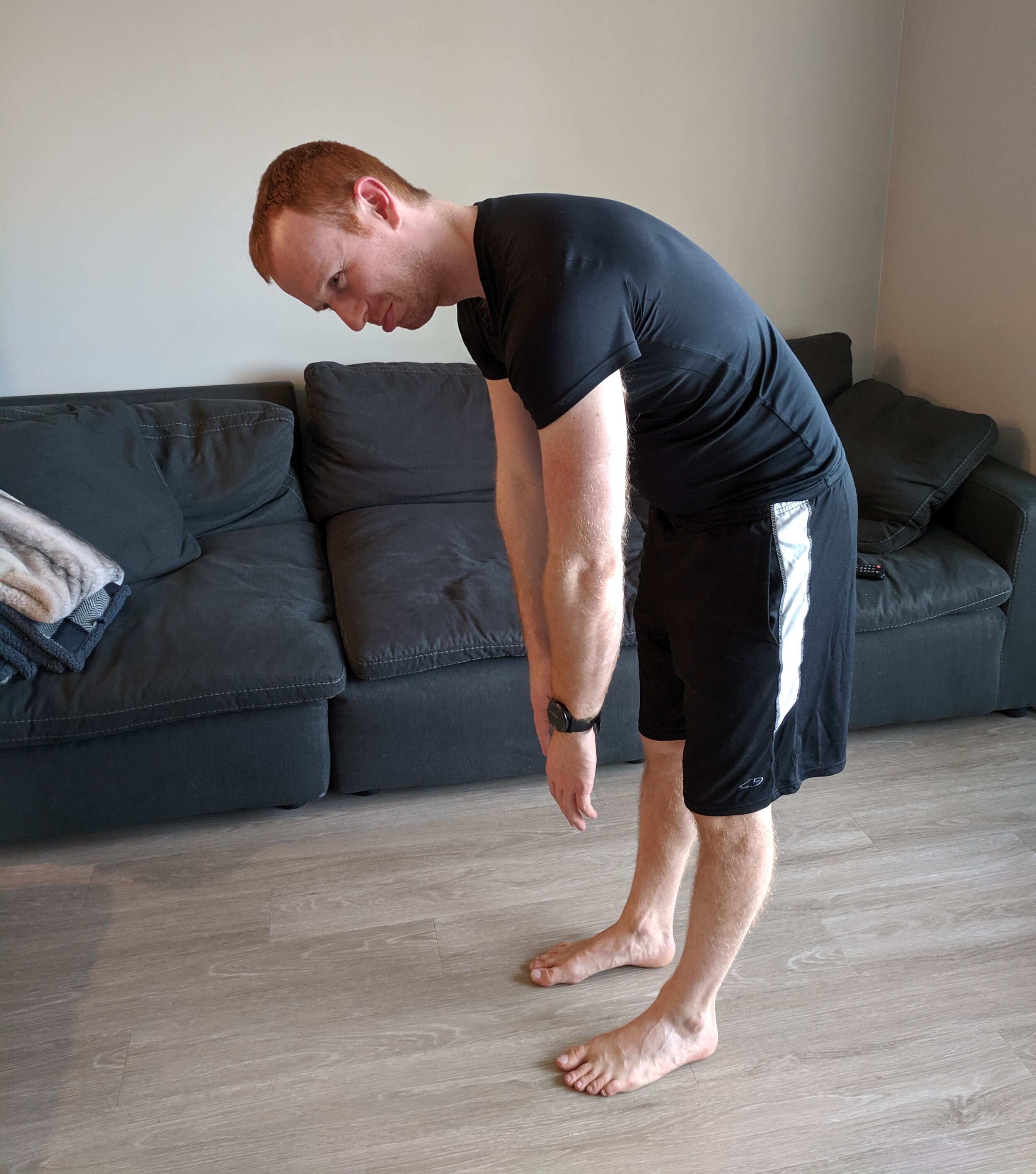
Credit: www.daniwinksflexibility.com
Preparation For Stretching
Warm up your muscles with light cardio before starting. Focus on gentle hamstring stretches to improve flexibility and prevent injury.
Warm-up Essentials
Start with a light cardio exercise like jogging in place. Move your arms and legs to increase blood flow. This helps to prepare your muscles for stretching. Perform these for about 5 minutes.
Safety Tips
Stretch slowly and avoid any sudden movements. Listen to your body and stop if you feel pain. Hold each stretch for 20-30 seconds. Breathe deeply and stay relaxed during the stretch. Do not bounce while stretching. Keep your movements smooth and controlled.
Basic Hamstring Stretches
Sit on the floor with legs straight. Reach forward with your hands. Try to touch your toes. Keep your back straight. Hold this stretch for 20 seconds. Breathe deeply and relax. This stretch helps to loosen tight hamstrings.
Stand with feet hip-width apart. Bend forward from your hips. Let your arms hang towards your feet. Keep knees slightly bent. Hold for 20 seconds. Feel the stretch in the back of your legs. This stretch improves flexibility and reduces tension.
Progressive Stretching Techniques
Lie on your back with one leg straight. Bend the other knee and bring it towards your chest. Hold your thigh with both hands. Gently straighten the bent leg towards the ceiling. Keep the other leg flat on the floor. Hold for 20-30 seconds. Switch legs and repeat. This stretch helps to improve flexibility.
Lie on your back and lift one leg. Place a towel around the sole of your foot. Hold both ends of the towel with your hands. Gently pull the towel towards you. Keep your leg straight. Hold for 20-30 seconds. Switch legs and repeat. This stretch helps to reduce tightness.
Incorporating Props For Deeper Stretches
A stretching strap can help achieve deeper stretches. Loop the strap around your foot. Hold both ends of the strap firmly. Gently pull the strap to extend your hamstring. Keep your leg straight. This helps in maintaining proper form. You can also use the strap while lying down. It provides additional support and control. This method is great for beginners.
Stability balls are excellent for improving balance and flexibility. Sit on the ball and extend one leg forward. Gently lean forward to stretch the hamstring. Stability balls also help to engage core muscles. This adds an extra layer of benefit to your stretching routine. Make sure the ball is properly inflated. A well-inflated ball offers better support.

Credit: www.youtube.com
Stretching Routine For Daily Practice
A consistent schedule helps in making stretching a habit. Try to stretch at the same time every day. Choose a time that fits your routine. Morning stretches can help you feel energized. Evening stretches can help you relax before bed. Consistency is key to seeing improvements.
Combine different hamstring stretches for better results. Include stretches like the standing hamstring stretch and the seated hamstring stretch. Each stretch targets different parts of the muscle. Hold each stretch for 20-30 seconds. Repeat each stretch 2-3 times. This combination helps improve flexibility and reduces the risk of injury.
Common Mistakes To Avoid
Stretching too much can cause harm. Muscles can tear if stretched too far. Always listen to your body. Stop if you feel pain. Stretching should never hurt. Gentle stretches work best for beginners. Hold each stretch for 20 seconds. Breathe deeply while stretching. This helps muscles relax. Stretch both legs equally. Never bounce while stretching. Bouncing can cause injury. Keep movements smooth and steady.
Ignoring pain is very dangerous. Pain is a warning sign. Muscles need time to adjust. Forcing through pain can cause damage. Always start with light stretches. Gradually increase intensity over time. Rest if pain persists. Consult a doctor if needed. Never push through sharp pain. Sharp pain can mean injury. Always warm up before stretching. Warm muscles stretch better. Cold muscles are more likely to get hurt.
Tracking Progress And Setting Goals
Keep a journal to note your flexibility. Write down how far you can stretch each week. This helps you see small improvements over time.
Use a ruler or tape measure. Measure how close your hands get to your toes. Record these numbers weekly.
Set small goals first. Aim to touch your knees, then your shins, and finally your toes. Celebrate each milestone.
Stretch regularly. Consistency is key to better flexibility. Try stretching every day for 10 minutes.
Reward yourself for progress. Treat yourself to something nice when you reach a goal. This keeps you motivated.
Complementary Exercises For Hamstring Health
Squats help build strong leg muscles. Lunges make your legs more powerful. Glute bridges improve your hamstrings and glutes. Calf raises make your calves strong. All these exercises are simple and effective.
Strong legs support your hamstrings better. Always warm-up before exercises. This prevents injuries and makes your muscles ready. Cooling down is important too. It helps your muscles recover.
Yoga balances your muscles well. Downward Dog stretches your hamstrings and calves. Child’s Pose relaxes your back and legs. Warrior Pose strengthens your legs and core.
Yoga improves flexibility. It makes you feel calm. Always start with easy poses. Listen to your body and go slow. Practice regularly for the best results.
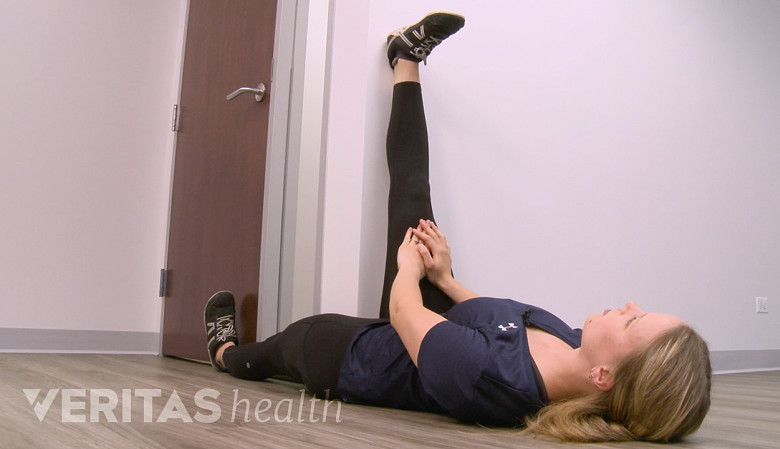
Credit: www.spine-health.com
Faqs On Hamstring Stretches
Stretching before and after workouts helps. It prepares muscles for activity. Stretching after exercise reduces muscle stiffness. Morning stretches wake up your body. Evening stretches help you relax and improve sleep. Always stretch when muscles are warm. Warm muscles stretch more easily and safely.
Soreness after stretching can be normal. It means your muscles are working. Gentle stretching can help reduce soreness. Stay hydrated to keep muscles healthy. Resting sore muscles gives them time to heal. Light activity can also help ease soreness. Remember to listen to your body. Avoid pushing too hard.
Frequently Asked Questions
How To Loosen A Tight Hamstring?
To loosen a tight hamstring, try gentle stretching exercises like seated forward bends. Regular yoga can help increase flexibility. Warm up before workouts to prevent tightness. Massage and foam rolling can also alleviate muscle tension. Stay hydrated and maintain proper posture to support muscle health.
What Is The Best Hamstring Stretch For Seniors?
The best hamstring stretch for seniors is the seated hamstring stretch. Sit on a chair, extend one leg straight, and reach towards your toes. Hold for 20-30 seconds and switch legs. This stretch improves flexibility and reduces injury risk.
How To Stretch Hamstrings In Bed For Beginners?
Lie on your back, extend one leg straight up, and gently pull it towards you with both hands. Hold for 20 seconds. Repeat with the other leg.
How To Do A Simple Hamstring Stretch?
Sit on the floor with legs straight. Reach forward and touch your toes. Hold for 20 seconds. Repeat.
Conclusion
Hamstring stretches are essential for flexibility and injury prevention. Incorporate these beginner exercises into your daily routine. Consistency is key to seeing improvements. Remember to listen to your body and avoid overstretching. With regular practice, you’ll notice increased range of motion and reduced muscle tightness.
Start today and enjoy the benefits of flexible hamstrings.



